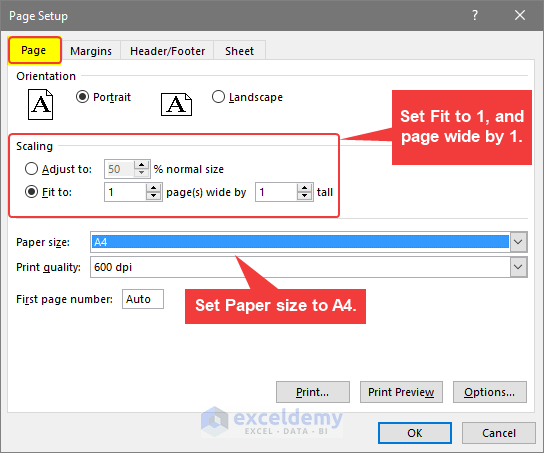Max Excel Sheets: Discover the Limit

Excel has become an essential tool in businesses, academic institutions, and personal life due to its versatility in data manipulation and analysis. Whether you're a financial analyst, a student compiling research data, or just organizing your household budget, the number of sheets in an Excel workbook can significantly influence your project's scope and complexity. This post delves into understanding the limits of Excel sheets, why they matter, and how you can manage them effectively.
Why Are Excel Sheets Important?

Excel sheets are integral for:
- Organizing Data: Each sheet can represent different datasets, categories, or stages in data processing.
- Facilitating Collaboration: Team members can work on different sheets simultaneously.
- Complexity Management: By dividing complex information into manageable parts.
Discovering the Limit of Excel Sheets

Microsoft Excel does impose limits, but these limits have evolved with different versions:
- Excel 2003: Limited to 255 sheets per workbook.
- Excel 2007-2016: Can handle up to 1,048,576 rows, but only up to 255 sheets.
- Excel 2019 and later: Extends the sheet limit to a theoretical 32,767 sheets.
💡 Note: While 32,767 is the theoretical limit, practical limitations like system memory and processing power often restrict the number of sheets you can use effectively.
Managing a Large Number of Sheets

When dealing with numerous sheets, consider these management strategies:
- Group Sheets: By holding down Shift or Ctrl while clicking on sheet tabs.
- Consolidate Data: Use the Consolidate feature to merge data from multiple sheets.
- Use Functions: Functions like VLOOKUP or INDEX-MATCH can reference data across sheets.
✍️ Note: Careful planning and structuring of your workbook can make a significant difference in handling numerous sheets efficiently.
Performance Considerations

The more sheets you add, the more:
- Memory Usage: Workbooks with numerous sheets demand more memory.
- File Size: More sheets = larger file size, affecting shareability and storage.
- Processing Time: Recalculations take longer, especially with formulas spanning across sheets.
Alternatives to Excel for Large Datasets

When Excel’s limitations become a hindrance:
- Database Management Systems: Tools like SQL or MySQL for structured data management.
- Data Warehousing Tools: For large-scale data analysis and storage.
- Cloud-Based Solutions: Google Sheets or Microsoft 365 offer collaborative environments with different limits.
In summary, understanding the limits and performance implications of Excel sheets is crucial for efficient project management and data analysis. While Excel's sheet limit has significantly increased over time, the real-world practical limits are often determined by system capabilities. By adopting smart strategies like grouping sheets, using functions across sheets, or opting for alternatives when Excel can't handle your data needs, you can push the boundaries of what you can achieve with data management and analysis.
What is the maximum number of sheets in Excel?

+
Theoretical limit is 32,767 sheets, but practical usage often dictates lower numbers due to system limitations.
Can Excel handle large datasets?

+
Excel can manage large datasets up to 1,048,576 rows and multiple sheets, but for very large datasets, consider alternatives like databases or cloud solutions.
What are some performance issues with many sheets?

+
Key issues include increased memory usage, larger file sizes, and slower processing times for calculations spanning across sheets.



